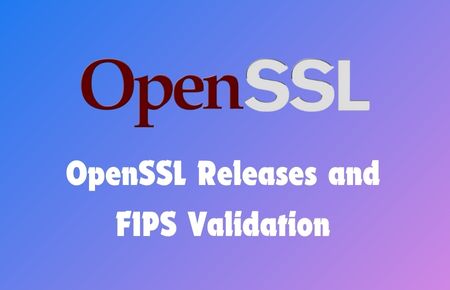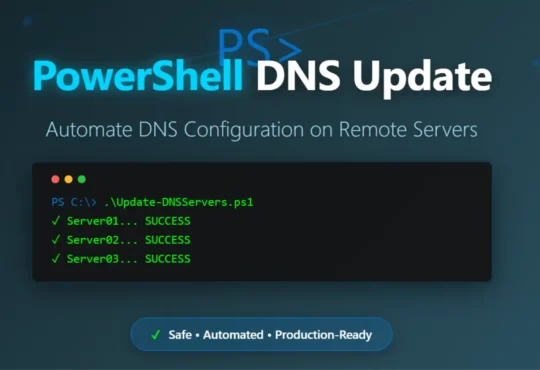OpenSSL is an essential library used for secure communications over networks, widely deployed across various applications to ensure data integrity and confidentiality. This article provides an in-depth look into the latest OpenSSL releases, FIPS validation, and essential guidelines for developers and users.
OpenSSL Releases and Versioning
The master sources for OpenSSL are maintained in a git repository, accessible via the network and cloned on GitHub at OpenSSL GitHub Repository. Users are encouraged to report bugs and submit pull patches (issues and pull requests) directly on the GitHub repository.
Latest OpenSSL Releases
| KBytes | Date | File |
|---|---|---|
| 17615 | 2024-Apr-09 12:26:08 | openssl-3.3.0.tar.gz (SHA256) (PGP sign) (SHA1) |
| 14936 | 2024-Jan-30 14:03:52 | openssl-3.0.13.tar.gz (SHA256) (PGP sign) (SHA1) |
| 15296 | 2024-Jan-30 14:03:52 | openssl-3.1.5.tar.gz (SHA256) (PGP sign) (SHA1) |
| 17317 | 2024-Jan-30 14:03:52 | openssl-3.2.1.tar.gz (SHA256) (PGP sign) (SHA1) |
Note: The latest stable version is the 3.2 series, supported until 23rd November 2025. Additionally, the 3.1 series is supported until 14th March 2025, and the 3.0 series is a Long Term Support (LTS) version, supported until 7th September 2026. Users of older versions (including 1.1.1, 1.1.0, 1.0.2, 1.0.0, and 0.9.8) should upgrade to 3.2 or 3.0 as soon as possible, as these versions are no longer supported.
FIPS Validation in OpenSSL
The following OpenSSL versions are FIPS validated. Versions marked as historic were previously validated but are no longer listed on the current certificate:
| OpenSSL Version | Certificate | Security Policy |
|---|---|---|
| 3.0.9 | certificate | security policy |
| 3.0.8 | certificate | security policy |
| 3.0.0 (historic) | certificate | security policy |
For detailed information on the impact of CVEs on validated FIPS providers, visit the CVEs and FIPS page.
Using and Building FIPS Providers
To ensure security compliance, follow the Security Policy instructions for downloading, building, and installing a validated OpenSSL FIPS provider. Other OpenSSL releases may use the validated FIPS provider, but must not build and use their own FIPS provider. For example, you can build OpenSSL 3.2 and use the OpenSSL 3.0.8 FIPS provider with it.
Important Resources:
- FIPS Module Man Page: Provides detailed configuration and usage information for the FIPS provider.
- Module Security Policy: Essential for understanding and following the specific build and installation instructions.
Key Features and Concepts in OpenSSL 3.2
OpenSSL 3.2 introduces several new features and enhancements. For a comprehensive overview, refer to the OpenSSL Guide. Many of the concepts in this guide apply to older releases like 3.1 and 3.0, except for sections related to new features exclusive to 3.2 (such as QUIC).
Migrating to OpenSSL 3.2
Migrating existing applications to OpenSSL 3.2 (and 3.1/3.0) involves understanding the changes and improvements introduced in these versions. Detailed migration instructions and considerations are available in the OpenSSL 3.2 Migration Guide.
Building and Installing OpenSSL
When building an OpenSSL release for the first time, it is crucial to review the INSTALL file in the distribution along with any applicable NOTES files for your platform. If you encounter issues, the openssl-users email list is a valuable resource for seeking assistance from the community.
Daily Snapshots and Development Branches
Each day, a snapshot of each development branch is made available. These can be found at OpenSSL Daily Snapshots. These snapshots are provided for convenience and are not guaranteed to compile. Maintaining a local git repository and updating it every 24 hours is often faster and more efficient.
PGP Keys and Signature Verification
PGP keys for signature verification are available from the OTC page. Current members that sign releases include:
- Richard Levitte
- Matt Caswell
- Paul Dale
- Tomas Mraz
Releases can also be signed by the OpenSSL OMC key with the fingerprint: EFC0 A467 D613 CB83 C7ED 6D30 D894 E2CE 8B3D 79F5.
Legal Considerations
Export, import, and use of strong cryptography software, providing cryptography hooks, or communicating technical details about cryptography software is subject to legal regulations in some parts of the world. When dealing with OpenSSL, it is your responsibility to comply with all applicable laws and regulations. The authors of OpenSSL are not liable for any violations.
A big thank you for exploring TechsBucket! Your visit means a lot to us, and we’re grateful for your time on our platform. If you have any feedback or suggestions, we’d love to hear them. Looking forward to serving you again soon!



